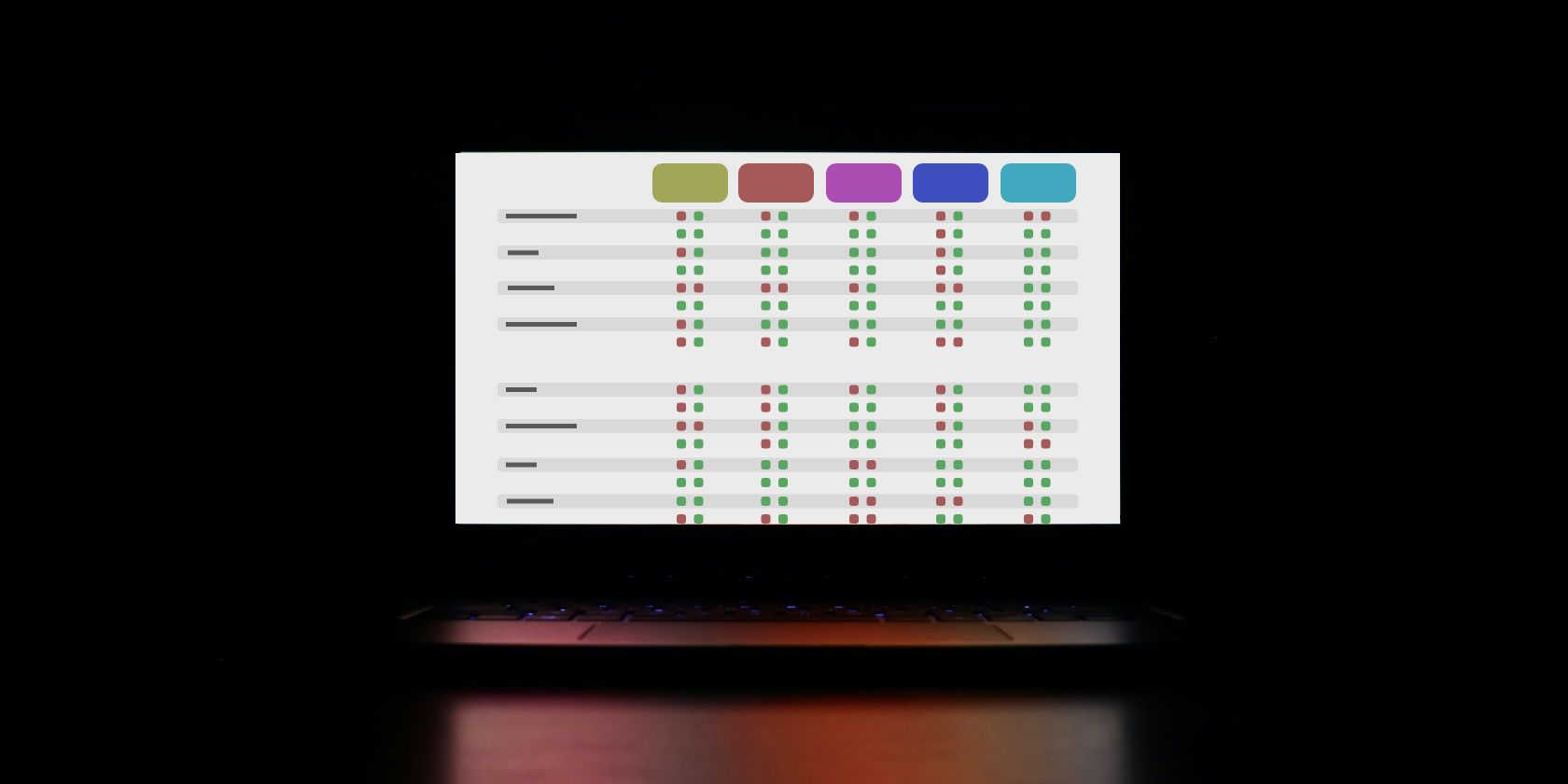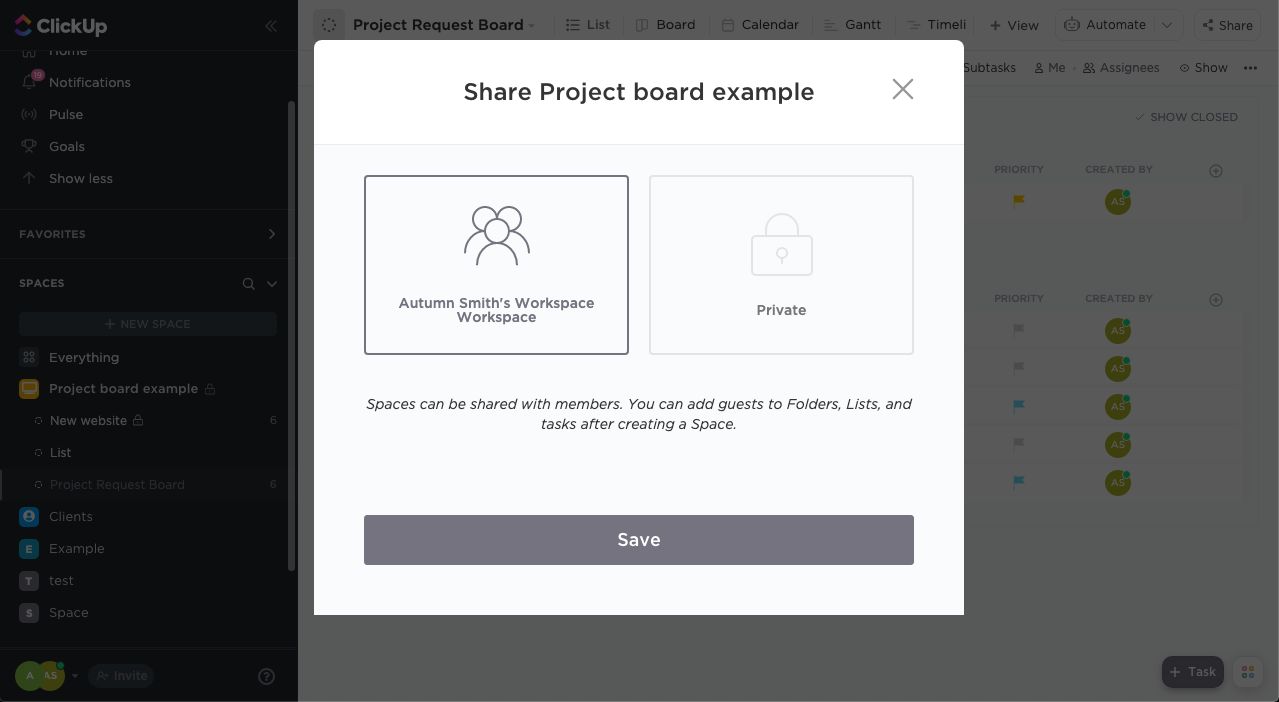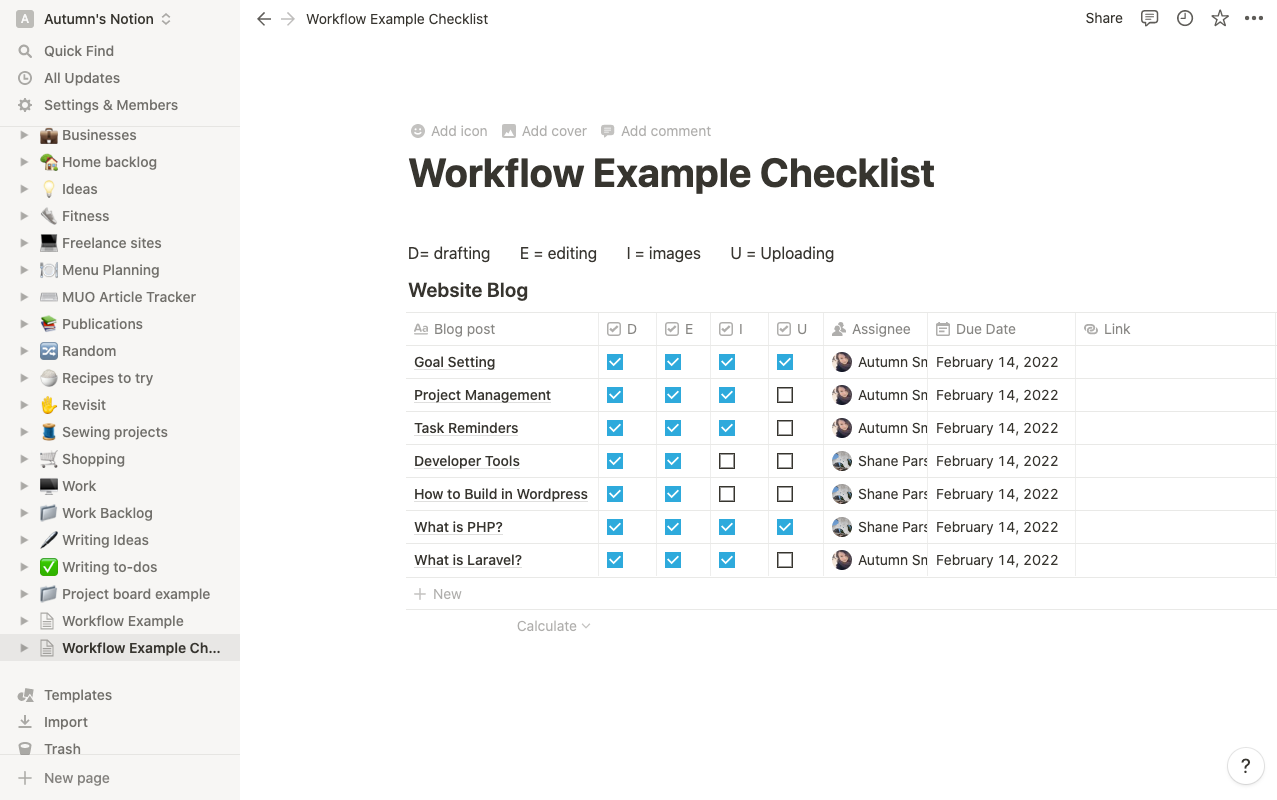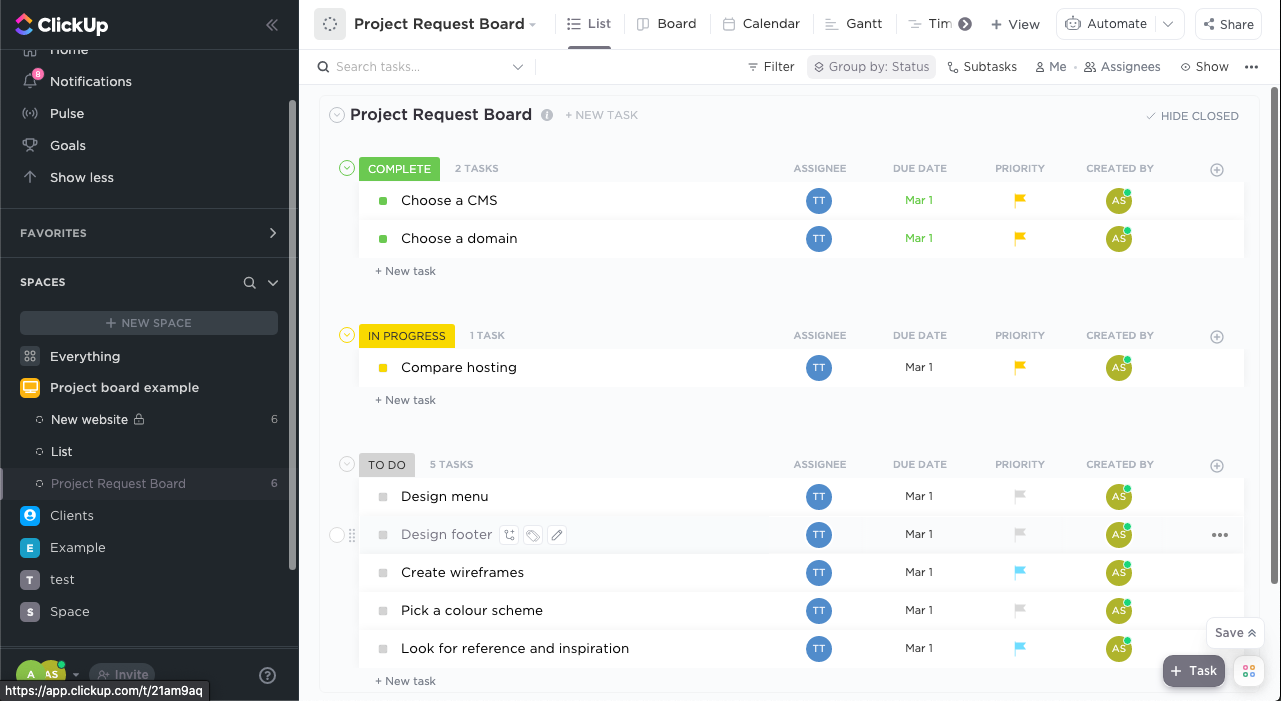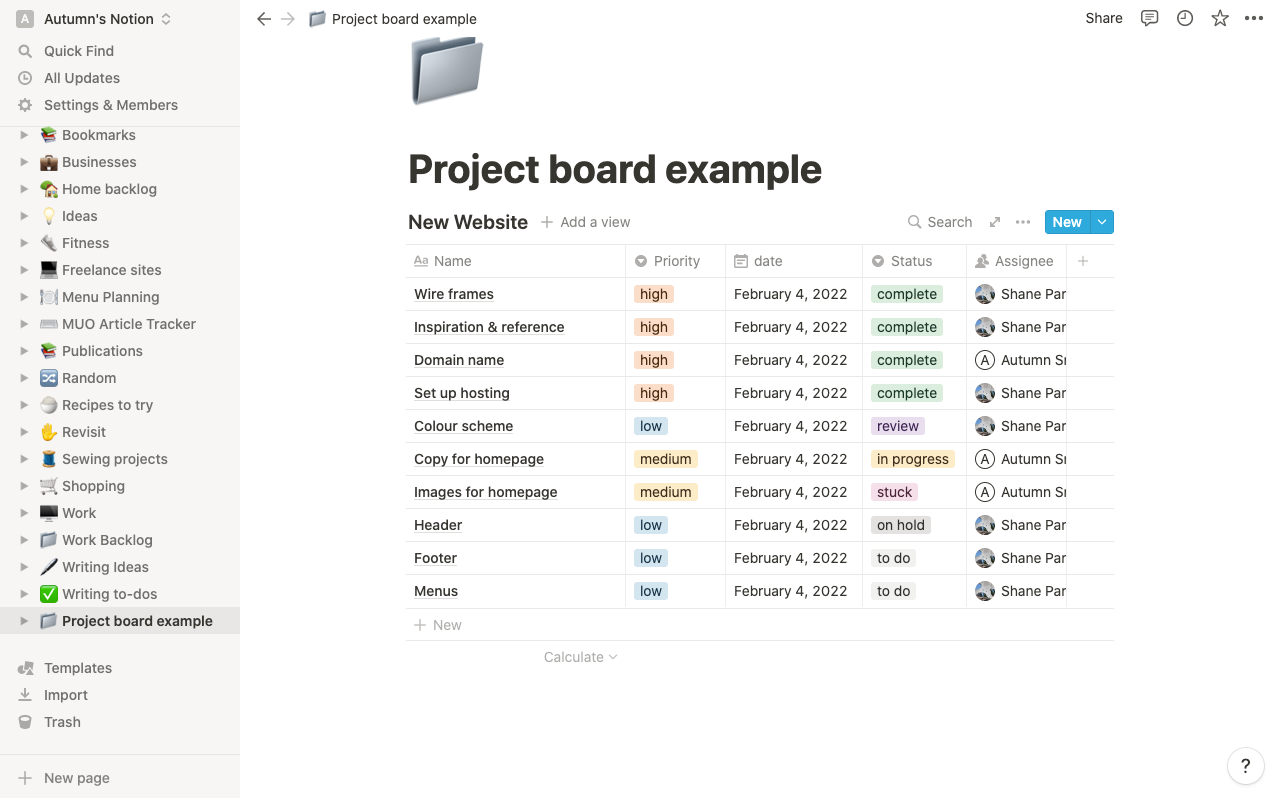Finding the right project management software can be a challenge. With each choice comes a long list of features and functions with different names and sometimes an unclear purpose.
When making a comparison, it's easy to become overwhelmed, but it doesn’t have to be that way. In this article, we’ll walk you through some tips to reduce feature fatigue when it comes to choosing the right project management software for you.
1. Make a Plan for Your Project Management Software Before Trying or Buying
You've already made the decision to try project management software, or at least you're considering it. With so many excellent options out there, you’ll be doing yourself a huge favor by outlining what you’d like to do with it before looking into the capabilities and features of each software.
Not only will this help you find the right software, but it will help you identify and exclude the wrong ones as well.
Think of ways you and your coworkers communicate tasks now. Do you want the software to replace certain types of emails, meetings, and memos? Which types of details do you typically include, and what is the process in which you assign tasks?
Another important part of outlining how you'll use it is identifying who will use it. How many people do you have on your team? What kind of roles and permissions will you need for each team member’s account? Will you need to include guest accounts for clients or contractors?
You may also want to consider if you'll need private workspaces within your software. For example, you can set lists you create in your ClickUp workspaces as shared or private by default and switch at anytime. Notion is the opposite, where pages are private until you share them with guests, unless you go for the team account.
Although a lot of project management software may seem the same, answering these questions will help you understand which features you’ll need to look for within your budget.
2. Decide Which Features You Need, Based on What You Already Do
Here’s where things can get a little tricky. There are many choices in project management software, and with that, each software has a lengthy list of features.
Something to keep in mind here is that less is more. You can even outline repetitive tasks or workflows with just a table and some checklists, as shown in the example using Notion below. It all comes down to how you and your team work together.
Using time tracking as an example, just because you can do this in some project management software, doesn’t mean you should. If you already have a time tracking method that works, or you’re not currently tracking your time, and that's okay, why go for the one with tracking over one without?
Your project management software shouldn’t add any friction to your daily tasks. First and foremost, it’s a tool you can use to effectively communicate projects, so think of the ways you currently do that and which features would be most helpful.
It’s easy to get distracted by extra features, not only because you spend time setting them up and not using them, but they’ll clutter up your workspace. This brings us to the next point.
3. If It’s Flashy, Decide If It’s Sustainable
If a certain feature does catch your attention, and you decide you want to use it, ask yourself if it’s something you’ll keep up long-term. For example, Monday.com’s Llama farm and battery widgets are pretty fun additions to the dashboard as they make your goals somewhat game-like, but excitement can easily wear off.
In fact, you may want to avoid looking into widgets at all as Monday, ClickUp, Notion, and Asana are all great choices without them. The image below is a simple example of a project request board using just some of the many features available in the unpaid version of ClickUp.
It’s best to choose your project management software based on its foundation and not its bells and whistles—especially if they’re only going to take away from your productivity.
Another item to note here is integrations. Like widgets, it’s likely you can use the software without them. However, if you do like that it integrates with another software, look into what tasks it can complete before letting that become a deciding factor. The integration may just be another notification or step to take.
4. Some Useful Basic Features to Look For
Before we get into the basics, it’s important to note that when you’re comparing the features of project management software, you visit each website individually. Each software may use a different naming system for the same feature, making it seem like the other doesn’t have a specific capability when doing a direct comparison. The competition just might call it something different.
The best example of this is Notion. While you won’t find a massive list of each piece of content, you can add tasks, statuses, or boards to your pages. Using blocks, you can create an effective project management system.
No matter the name, some useful basics you’ll want to watch for are:
- Tasks, pages, or pulses—whatever terminology the software uses, these are the blank cards in project management software where you can add the description, due date, priority, assignee, and attachments when creating an assignment.
- Communication tools—rather than flipping back and forth between your project management software and email, having the tools to comment, reply, and tag others is extremely helpful when collaborating on or delegating projects.
- Statuses—part of what makes project management tools great is that you and your team can tell each other you’re working on something, without making a public announcement.
- Reminders—you’ll likely want to adjust these to suit your needs, but you’ll be thankful to have reminders in your project management software, especially in the moments when you need them.
- Clean interface—a clean, minimal design will help you focus on the most important tasks at hand.
Don’t Let Features Get in the Way of Function
Project management software may seem intimidating at first, but it doesn’t have to be. If you go in with a plan and stick to it, you’re going to find the best one for you and your team.
Best of all, most project management software companies offer a free trial, so you can test it out before paying anything. Why not try a few by creating one project board in each?

